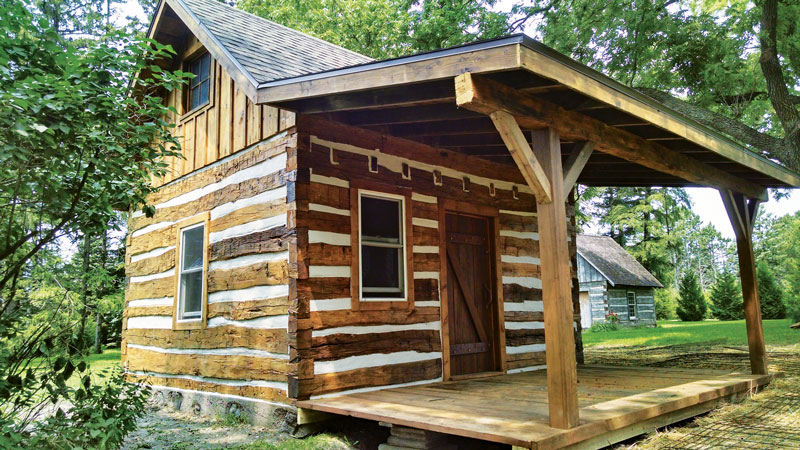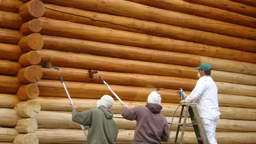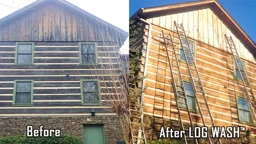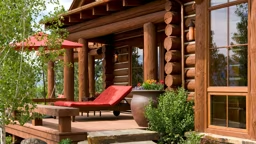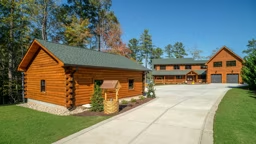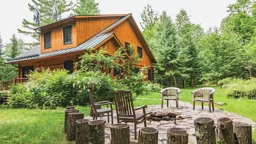Your log home maintenance FAQs answered by Log Home Living's longtime editor, Roland Sweet.
How long will a log home last?
More than a million log homes built in the United States in the 19th century are still standing. Many are still being used as primary residences. As long as you protect your log home from weather and moisture, you will ensure its longevity.How do log homes keep the rain and wind from coming in between the logs?
First, the logs themselves are shaped and fitted to minimize air and water infiltration. They feature any number of different horizontal interfaces, from the simple Swedish cope, where the bottom of one log is curved to fit the curve of the top of the log below it, to a more intricate tongue-and-groove profile. In addition, log-home companies may prescribe the use of flexible sealing materials—such as foam compression gaskets, adhesives and splines—to reinforce the seal between their logs.Caulk is also a mainstay, preferably one that will adhere to both log surfaces as the logs move while settling. Some sealant manufacturers have developed caulking specifically intended for log homes. Chinking is a variation of caulking that provides a decorative touch, as well as functional application. Today's chinking formulations adhere during log movement.
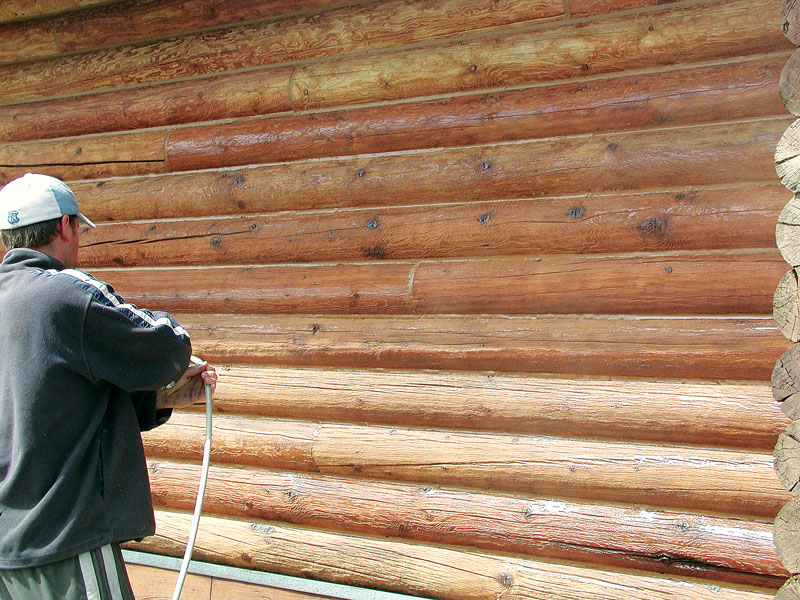
Do logs need protection?
Log homes must be protected so this building system isn't compromised. Good design makes log homes fit together at the start to reduce exposure to sun, rain and wind. Beyond that, logs can be treated to protect them from the elements and ensure their longevity. The object isn't to keep logs like new. That's impossible, not to mention undesirable. Wood's aging brings out the character of the logs. The goal is to keep the wood dry. Fortunately there are proven ways to treat and protect wood. You can even color it with stains made especially for log homes.Won't bugs attack a log home?
Termites, wood-boring beetles and carpenter ants are the only pests that pose any threat to log homes. That threat is small, and these insects are easy to control. The keys are vigilance and protection. The most important measure you can take to prevent your logs from becoming vulnerable to insects is to keep them dry. Peel bark off logs. Don't stack firewood outside next to a log wall. Trim shrubbery to avoid contact with logs. What common sense and good design can't accomplish, science can. Several companies make preservatives, coatings and finishes that are especially formulated to protect solid-wood logs from insects and fungi. Since most log homes are built in the country, often in wooded settings, they will attract insects as any rural home would. These insects may be a nuisance, but they won't affect the structural integrity of your log home.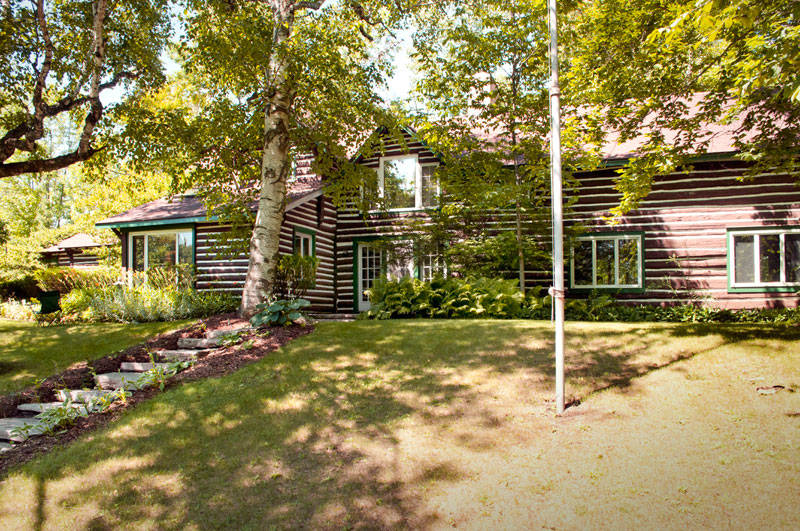
What about fire?
Wood burns, but fires in a log home invariably are caused by other materials than the logs. Tests conducted over the years conclude that logs are slow to ignite and that if they do, the fire will likely confine its damage to surface charring, leaving the log structurally sound. The charred surface is easily removed, restoring the logs to their original color. Common sense dictates keeping a safe distance between the home and surrounding trees. The roof is the most vulnerable part of any woodland home, log and otherwise.If your log home should catch fire, your enemy is time. Most homes in rural locations are hard for fire equipment to reach quickly. If you don't live in a development with fire hydrants, having or building a pond near your home will provide water for firefighters when they do arrive. Incidentally, the time it takes local firefighters to reach a burning home in remote areas is the chief reason behind higher home-insurance costs, which affect all out-of-the-way homes, not just log ones.




